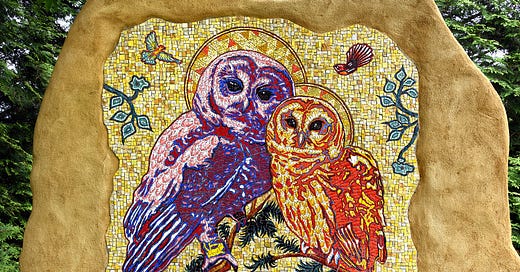Welcome to the Ephemera Newsletter free edition, Draugai! (Lithuanian for “friends”)
Lauren Fancher is Ephemera’s poet for our June issues! You can review her poems altogether once they publish as well as her arti…
Keep reading with a 7-day free trial
Subscribe to Ephemera to keep reading this post and get 7 days of free access to the full post archives.


